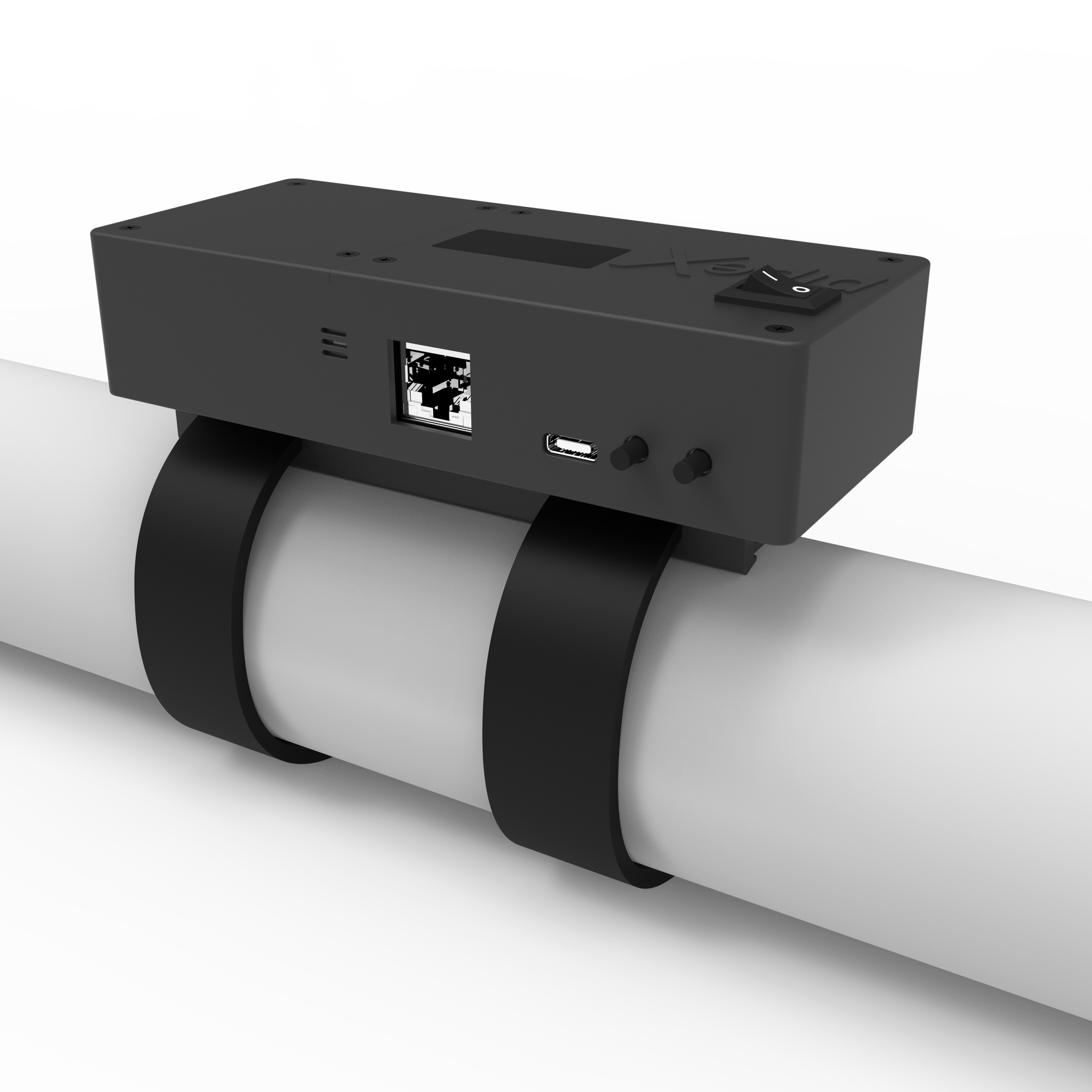For homeowners and real estate developers, maintaining a properly working toilet is crucial. Knowing how to adjust the water level in a toilet tank can prevent various common problems like weak flushes, overflowing tanks, and more. This guide dives into the world of toilet tank water levels, offering you practical steps, tips, and insights.

Understanding Your Toilet Tank
How Toilet Tanks Work
A better understanding of how a toilet tank works can empower you to make proper adjustments. Typically, the tank holds water that is released when you flush, sending the water into the bowl to clear waste. The process is simple, but the mechanics involve several parts, such as the fill valve, flush valve, and flapper.
Identifying the Water Level
Before making any adjustments, locate the ideal water level. This is usually marked inside the tank with a line. Maintaining the water at this level ensures efficient flushing and prevents water wastage. If the water is too high or too low, you may need to dive in and adjust it yourself.

Why Adjust the Water Level?
Improving Flush Performance
An improper flush is often due to an incorrect water level. Adjusting the water level can help you achieve a more effective, big flush, ensuring the toilet clears waste properly every time you use it.
Preventing Overflows
Too much water in the tank can lead to overflows, causing damage to your bathroom floor and wasting water. Delighted homeowners often find that adjusting the water level can significantly reduce these risks.
Water Conservation
In a world where water conservation is essential, maintaining the correct water level in your toilet tank is a small but significant step. By optimizing the water level, you waste less water, benefiting both your water bill and the environment.

Tools and Materials Needed
- Adjustable wrench
- Screwdriver
- Towel
- Replacement parts (if necessary)
Step-by-Step Guide to Adjusting the Water Level
1. Turn Off the Water Supply
Locate the water supply valve, usually found under the toilet tank. Turn it clockwise to shut off the water to prevent any mess during the adjustment process.
2. Open the Toilet Tank Lid
Remove the lid from the tank carefully. Place it on a towel or in a safe place to avoid breaking it.
3. Identify the Fill Valve
The fill valve is usually located on the left side of the tank. It’s responsible for refilling the tank after you flush. Depending on your toilet, you may have a ballcock, a float cup, or a floatless valve.
4. Adjust the Water Level
For Ballcock Fill Valve
Locate the adjustment screw or clip. Turn it clockwise to lower the water level or counterclockwise to raise it. Make small adjustments and check the water level until it aligns with the marked line inside the tank.
For Float Cup Fill Valve
The float cup is connected to a metal rod. Squeeze the clip on the float cup and slide it up or down the rod to adjust the water level. Aim for the water to sit just below the overflow tube.
For Floatless Fill Valve
Floatless valves are more modern and can vary in design. Usually, you’ll find an adjustment rod or knob. Follow the manufacturer’s instructions for making adjustments.
5. Turn the Water Supply Back On
Turn the water supply valve counterclockwise to let water flow into the tank. Allow the tank to fill, then check if the water level is correct. Flush the toilet a few times to ensure consistent water levels.
When to Call a Professional
Adjusting the water level in a toilet tank is usually a straightforward task. However, if you encounter any issues or the problem persists, dont hesitate to call a professional plumber. In some cases, you may need to replace parts of the tank, and a professional can ensure the job is done correctly.
Common Mistakes to Avoid
1. Ignoring the Marked Water Level
The marked water level inside the tank is there for a reason. Ignoring it can lead to inefficient flushing or overfilling. Always ensure that your adjustments align with this mark.
2. Over-Tightening Screws and Clips
While adjusting screws and clips, avoid over-tightening them. This can cause damage to internal components, creating more problems in the long run.
3. Overlooking the Float Type
Different toilets have different float types. Using the wrong adjustment method can lead to incorrect water levels. Identify your float type before making adjustments.
Helpful Maintenance Tips
Regularly Check for Leaks
Leaks can lead to water wastage and inflated water bills. Regularly inspect your toilet tank for any signs of leaks and address them promptly.
Clean the Tank Components
Debris and mineral buildup can affect the functioning of your toilet tank. Clean the components regularly to ensure everything runs smoothly.
Inspect the Float Mechanism
Over time, the float mechanism can wear out or become misaligned. Regular inspections can help you catch issues early and maintain optimal water levels.
Environmental and Financial Impact
Adjusting the water level in your toilet tank can have both environmental and financial benefits. Less water wastage means lower utility bills and a smaller environmental footprint. Its a simple yet effective way to contribute to water conservation efforts.
Conclusion
Knowing how to adjust the water level in a toilet tank is a valuable skill for homeowners and real estate developers alike. By following these steps, you can ensure your toilet functions efficiently, avoid common problems, and even save water. If needed, seek professional help to make sure the job is done correctly.
As an Amazon Associate, I earn from qualifying purchases.
FAQ
1. What tools do I need to adjust the water level in my toilet tank?
You will need an adjustable wrench, a screwdriver, a towel, and possibly replacement parts if necessary.
2. How do I know if my toilet tank’s water level is correct?
Typically, there is a marked line inside the toilet tank that indicates the ideal water level. Ensure the water reaches this line after each flush.
3. What should I do if adjusting the water level doesn’t solve my toilet issue?
If adjusting the water level doesn’t resolve the issue, you may need to call a professional plumber. The problem might be due to faulty parts that require replacement.
For more tips on maintaining a sustainable and efficient home, check out best practices and learn about innovative strategies like recycled materials.




